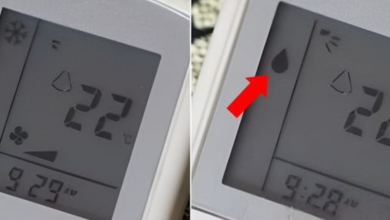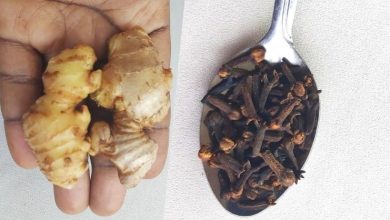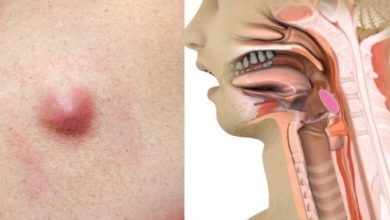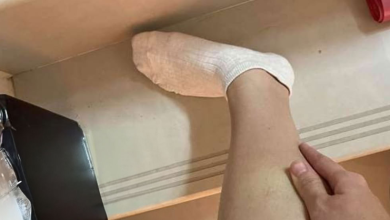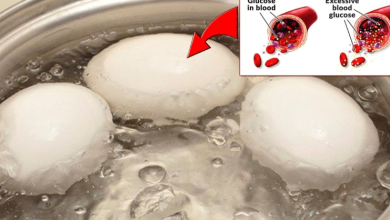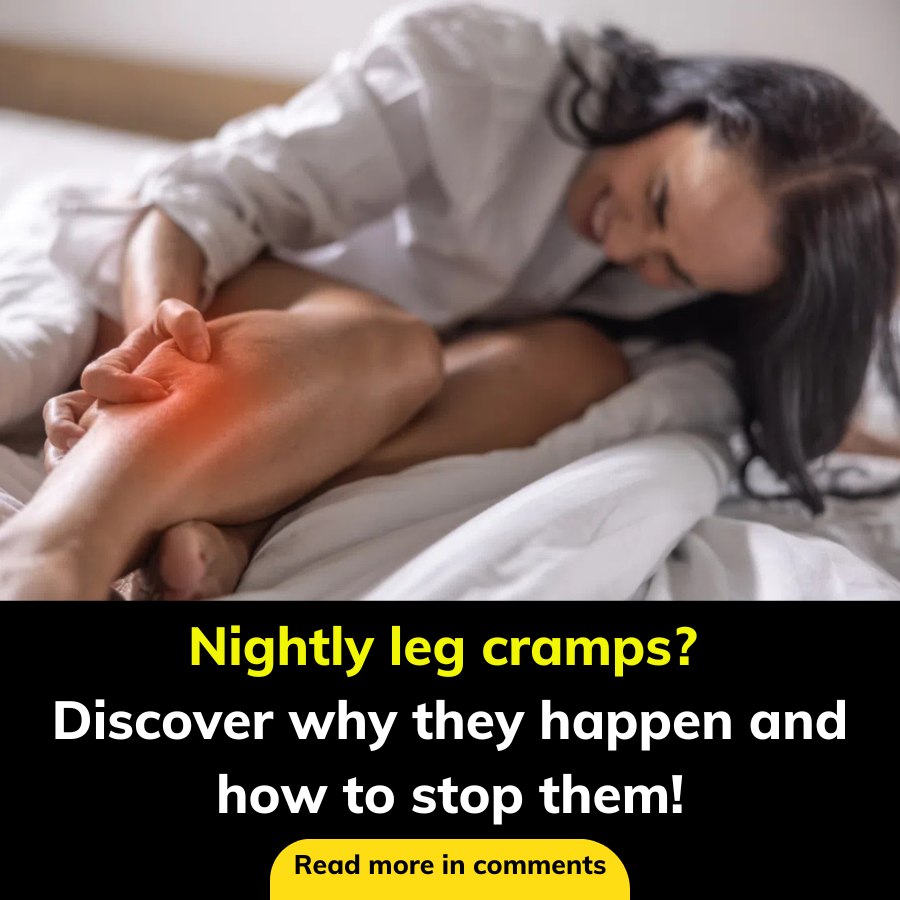
Muscle cramps, commonly known as “charley horses,” are sudden and often painful muscle spasms, most frequently affecting the legs, particularly during sleep.
These involuntary contractions can disrupt rest and cause significant discomfort. While usually harmless, frequent or severe cramps may indicate underlying health concerns or lifestyle factors.
What Are Charley Horses?
The term “charley horse” describes an unexpected muscle spasm, typically occurring in the legs, especially in the calf muscles. These cramps can happen during movement or while at rest, with nighttime episodes being particularly common. Though they generally last only a few minutes, the intensity can vary, sometimes causing temporary immobility.
In most cases, charley horses are not a cause for concern, but when they happen repeatedly, they can interfere with sleep and cause anxiety around bedtime. “I would wake up in the middle of the night, clutching my leg in pain,” one sufferer shared. Understanding the causes of these cramps is crucial to managing and preventing them effectively.
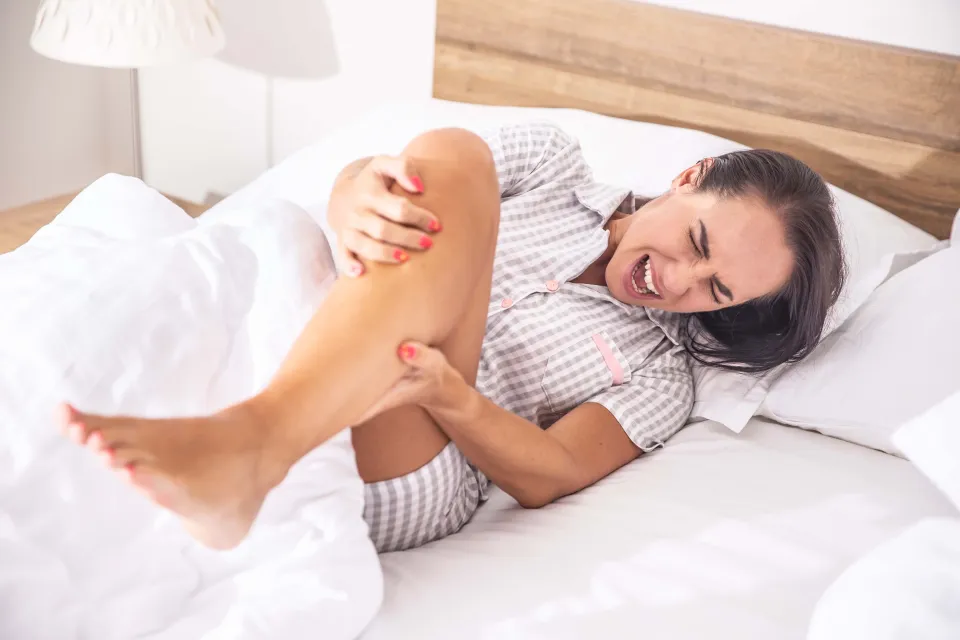
Causes of Muscle Cramps
There is no single reason why muscle cramps occur, but several factors may contribute to their development:
1. Dehydration
One of the most common triggers for muscle cramps is dehydration. When the body lacks sufficient fluids, it disrupts the balance of vital electrolytes such as potassium, sodium, and magnesium, all of which are essential for proper muscle function. Low electrolyte levels can lead to muscle spasms.
2. Overexertion
Pushing the muscles beyond their limits, especially during intense physical activity, can lead to cramping. This is particularly true for athletes or individuals engaging in strenuous exercise, as overworked muscles become fatigued and more prone to spasms.
3. Poor Circulation
Conditions that restrict blood flow to the muscles, such as peripheral artery disease, can contribute to muscle cramps. Insufficient blood supply deprives muscles of oxygen and nutrients, increasing the likelihood of cramping.
4. Nerve Compression
In some instances, charley horses may result from nerve compression in the spine. Conditions like sciatica or other nerve-related disorders affecting the legs can trigger these spasms.
5. Mineral Deficiency
A lack of essential minerals, such as calcium and magnesium, can increase the risk of muscle cramps. These nutrients are necessary for muscle contraction and relaxation, and a deficiency can cause involuntary spasms.
6. Medications
Certain medications, such as diuretics, may contribute to muscle cramps by promoting fluid loss or disrupting electrolyte balance. If you frequently experience charley horses while taking medication, consulting a doctor may help determine if there is a connection.

Prevention and Management of Charley Horses
To minimize the occurrence of muscle cramps, addressing potential underlying causes is essential. Here are some practical strategies:
1. Stay Hydrated
Drinking enough water throughout the day helps prevent dehydration, which can lead to muscle cramps. If you engage in activities that cause excessive sweating, replenishing lost electrolytes with sports drinks or potassium-rich foods, such as bananas, can be beneficial.
2. Stretch Regularly
Incorporating stretching exercises into your routine helps keep muscles flexible and reduces the risk of cramps. Stretching before bedtime is especially useful for those who frequently experience nighttime muscle spasms.
3. Warm Up Before Exercise
Preparing your muscles before engaging in physical activity can lower the risk of cramping. Gentle movements and stretching before workouts help prevent overexertion.
4. Wear Supportive Footwear
Proper footwear plays a crucial role in circulation and muscle support. Shoes that provide adequate cushioning can help reduce muscle fatigue and prevent cramps.
5. Correct Mineral Deficiencies
Ensuring a sufficient intake of essential minerals like potassium, calcium, and magnesium is important for muscle function. A balanced diet rich in these nutrients or supplementation, if necessary, can help prevent cramps.
6. Use Heat or Ice Therapy
Applying heat to cramping muscles can help them relax, while ice therapy can reduce inflammation. Alternating between heat and ice can be an effective way to manage recurring cramps.
Massage the Affected Muscle: Gently massaging the cramped muscle can stimulate blood flow and relieve tightness. If the cramp occurs in the calf, flexing the muscle by pulling the toes upward can help stretch and release tension.
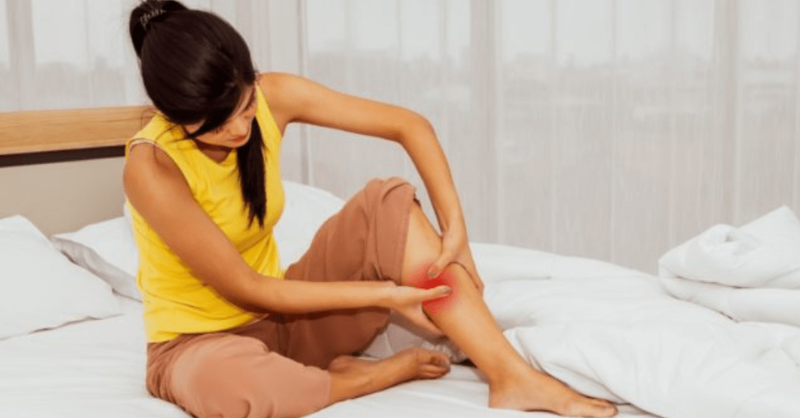
When to See a Doctor
Although charley horses are typically not a serious health concern, frequent or severe cramps may signal an underlying condition, such as circulation problems or nerve disorders. If cramps persist or significantly impact your quality of life, seeking medical advice is recommended.
“I tried everything—hydrating, stretching, even changing my diet—but the cramps just kept coming,” one individual explained. “It wasn’t until I spoke with my doctor that I realized there was an issue with my circulation.” Consulting a healthcare provider can help identify potential underlying causes and provide targeted treatment options.
Conclusion
While muscle cramps are often harmless, they can be incredibly uncomfortable and disruptive, particularly when they occur during sleep. Addressing common triggers such as dehydration, overexertion, and mineral imbalances can help reduce their occurrence.
Simple lifestyle changes, including stretching, maintaining hydration, and ensuring adequate nutrient intake, can make a significant difference. However, if cramps persist despite these efforts, it may be necessary to seek medical evaluation for further investigation.


